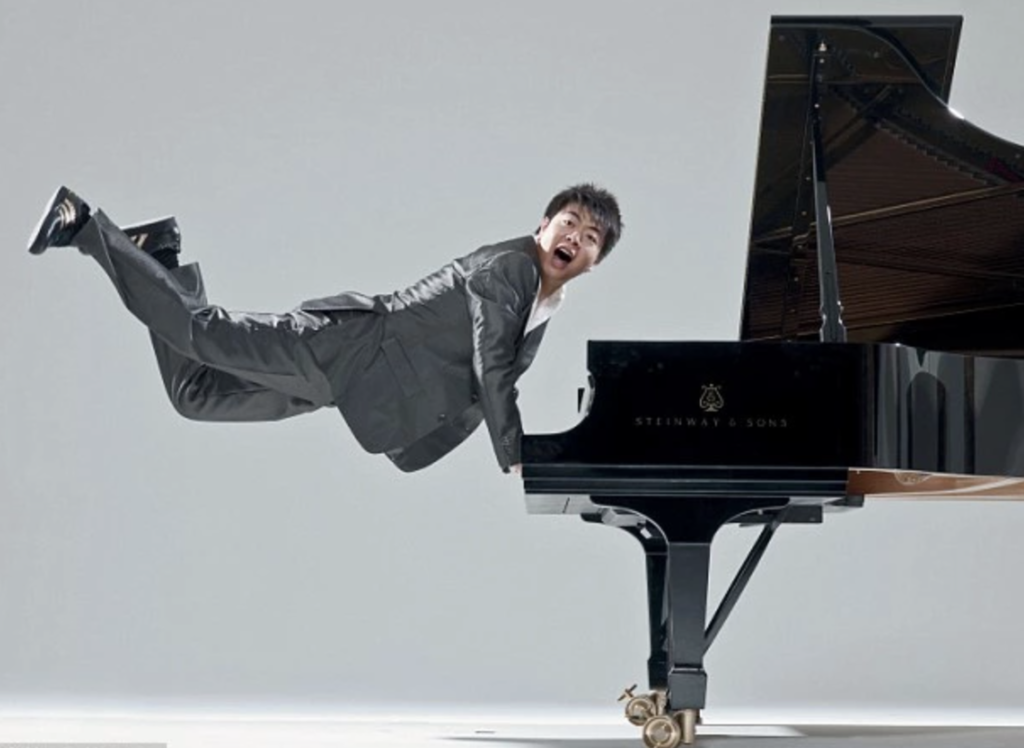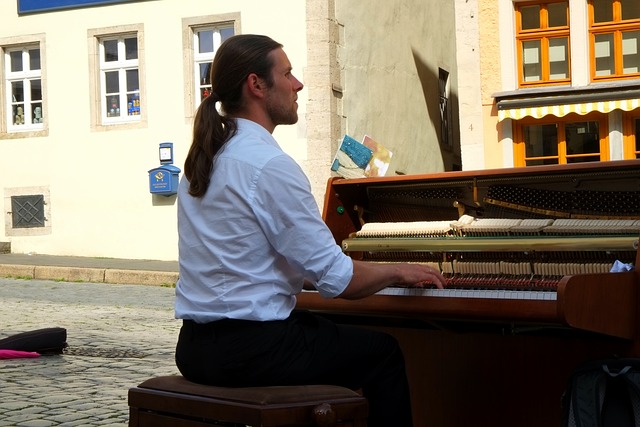Yes, you guessed it. There’s a lot more to playing the piano then pressing the right keys in the correct order. Other things to think about are dynamics, articulation, pedalling and voicing.
Before starting any of that we need to make sure that our stool position and posture are good.

You may be surprised how correct posture and placement can make playing the piano easier. I mean, we can’t really be doing a headstand and play the piano well can we?
When we get ready to sit at the piano we need to think about the following:
Hand shape
Upper torso position
Distance from the piano
Height of the stool
Wrists
Hand Position
Hand position is easier said than done. It’s really straight forward to get the starting hand position but trying to maintain it is a challenge.
To find the best hand position all you need to do is hang your hands by your side and relax. When your hands are hanging there note the relaxed position they’re in.
From here, keeping that hand position, bend at the elbow and bring them up to the keys.
Things to look out for are
Finger 5, or the pinky, sticking straight up or out. It’s bad to look like you’re posh and drinking a cup of tea. Finger 5 should remain close to finger 4 as much as possible.
Thumb shouldn’t be giving a sideways thumbs up. It should be reasonably close to finger 2. In fact, the thumb and finger 2 should form a flat(ish) C shape.
Upper Torso Position
When we’re sitting at the piano remember it’s not a core workout. You don’t want to lean too far back. After a couple of minutes you’d have a sore stomach.
Keep your body almost directly upright. Don’t arch your back and stick you chest out like you’re getting an inspection in the army. Stay relaxed.
I would suggest a very slight lean forward. This leans gravity toward the keys and helps with generating a warmer tone.

Distance from the Piano One of the biggest offenders for sitting at the piano is being too close. You don’t often see students sitting far away from the keys. It would be tough to play if you couldn’t reach the keyboard! To find your distance:
If you have done this correctly you’ll notice that your upper arm will be at an angle with your elbow slightly in front of you. Height of the School There is a common misconception that your height dictates the level of your piano stool. It should be set up based on the length of your upper arm. When you are at the correct distance from the keys and have the correct hand shape, your forearm should be parallel with the floor. If your elbows are too low then you have to angle your forearm up the way. This makes it harder to play. Also, it’s more difficult to play if your arms point down toward the keys because it creates a bend in the wrist. When I play, my elbows are roughly the same height as the white keys or a little higher. This means I have a little help from gravity to play. When you get the correct height you’ll notice there is a straight line through your wrist. Wrists This isn’t really a posture thing but it’s something you should be aware of. When we are playing piano bent wrists aren’t good. Of course, they will bend when playing but the default position should be straight. Don’t get that confused with tense. We should still be relaxed. |
In Summary Getting your posture correct instantly eliminates loads of problems. Things like uneven tones and rhythms to start with. There is more to playing but the information here will give you a great start if you can follow it. |
If you’re learning piano and would like some help the check The Lighter Touch.
This is for people learning piano in their own time. I am available for support with video responses to your questions. Along with that, you would get access to a growing library of live support sessions and loads of free sheet music.

